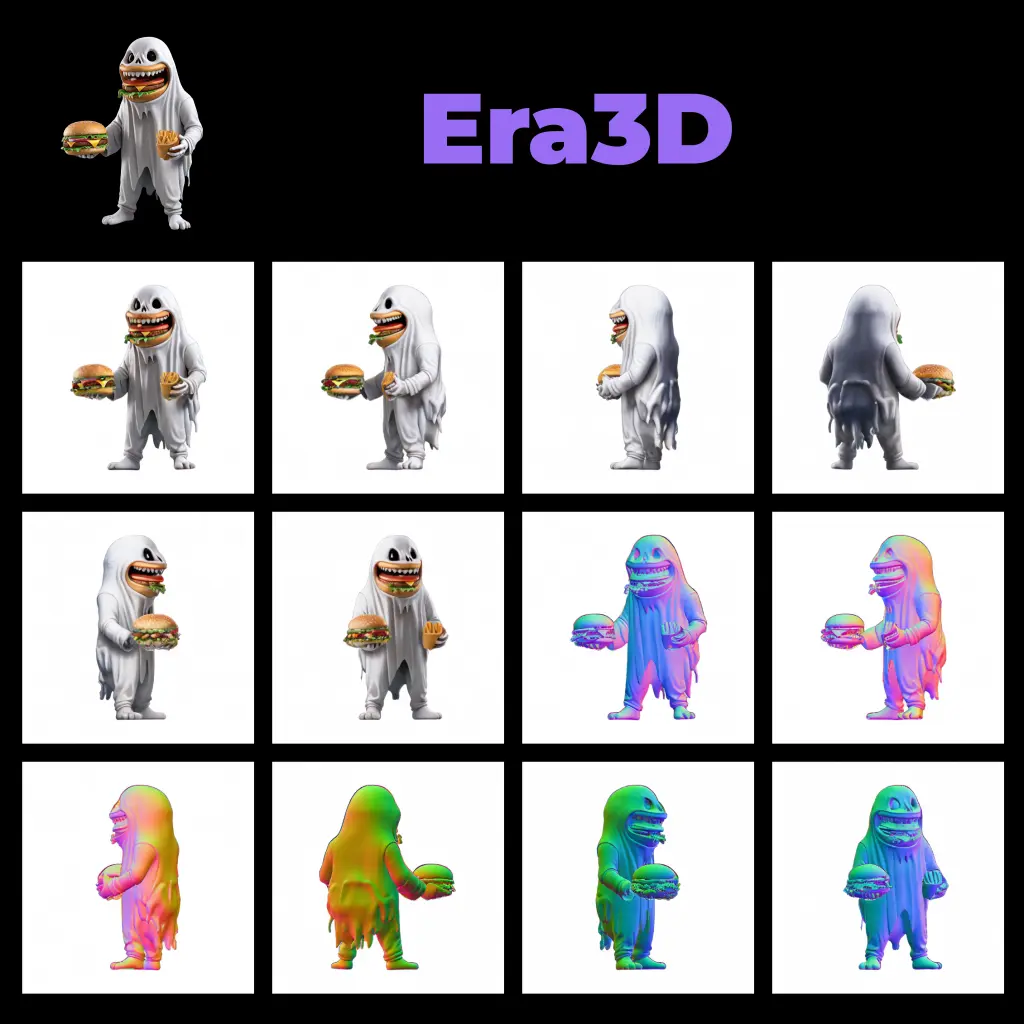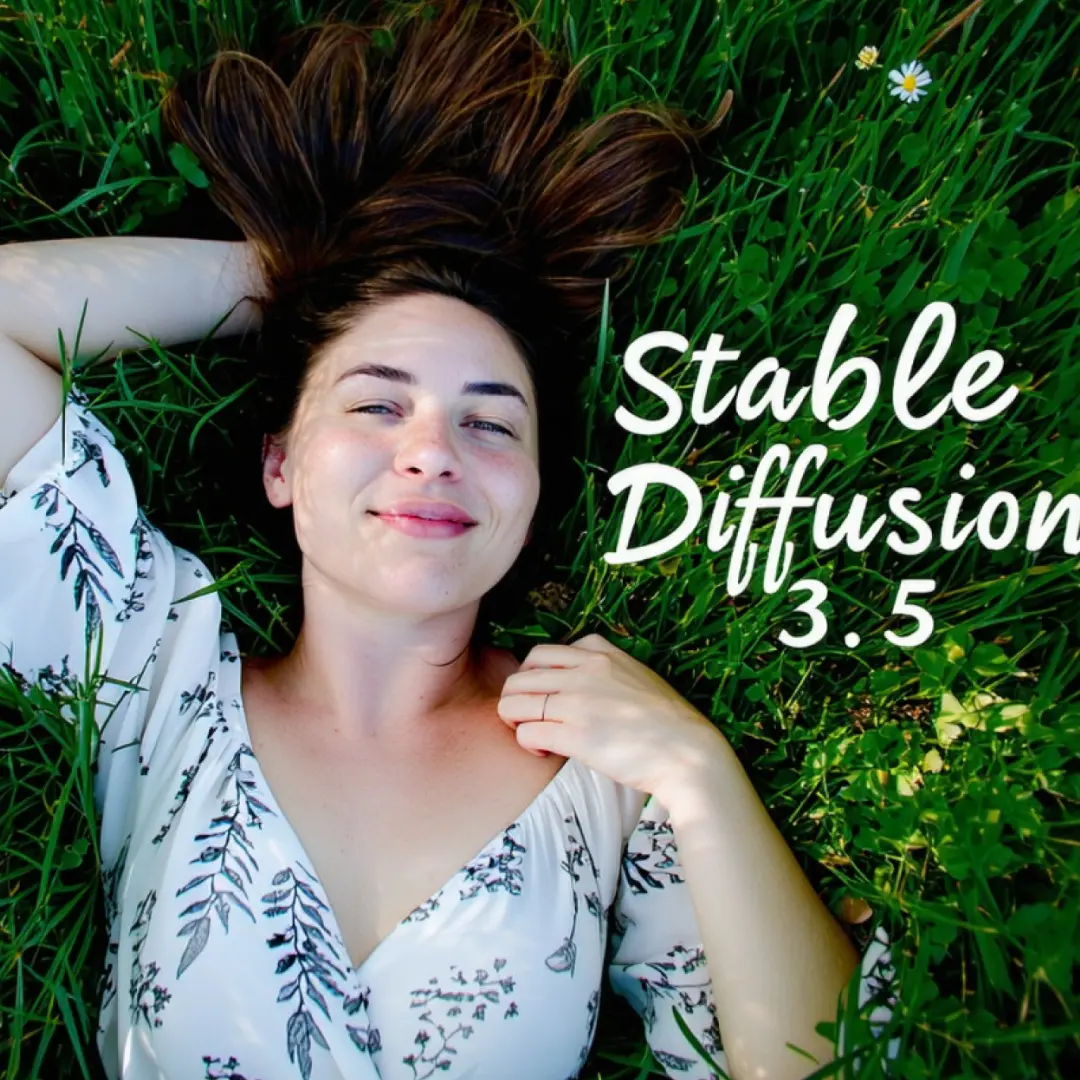ComfyUI Node: FL Kohya Easy Train
FL_Kohya_EasyTrain
Category🏵️Fill Nodes/Training
filliptm (Account age: 2021days) Extension
ComfyUI_FL-Trainer Latest Updated
2024-10-18 Github Stars
0.16K
How to Install ComfyUI_FL-Trainer
Install this extension via the ComfyUI Manager by searching for ComfyUI_FL-Trainer- 1. Click the Manager button in the main menu
- 2. Select Custom Nodes Manager button
- 3. Enter ComfyUI_FL-Trainer in the search bar
Visit ComfyUI Online for ready-to-use ComfyUI environment
- Free trial available
- 16GB VRAM to 80GB VRAM GPU machines
- 400+ preloaded models/nodes
- Freedom to upload custom models/nodes
- 200+ ready-to-run workflows
- 100% private workspace with up to 200GB storage
- Dedicated Support
FL Kohya Easy Train Description
Simplify AI model training with Kohya method, streamline setup, automate tasks, user-friendly interface for creative development.
FL Kohya Easy Train:
FL_Kohya_EasyTrain is a node designed to simplify the training process for AI models, particularly focusing on fine-tuning models using the Kohya method. This node is part of the ComfyUI FL-Trainer suite and aims to streamline the configuration and execution of training tasks, making it accessible even to those with limited technical expertise. By automating various aspects of the training setup, such as workspace configuration, learning rate adjustments, and advanced settings, FL_Kohya_EasyTrain allows you to focus on the creative aspects of AI model development. The node is particularly beneficial for AI artists looking to fine-tune models with custom datasets, offering a user-friendly interface to manage complex training parameters effortlessly.
FL Kohya Easy Train Input Parameters:
lora_name
This parameter specifies the name of the LoRA (Low-Rank Adaptation) model you wish to train. It is crucial for identifying the model within your workspace and for saving the trained model with a recognizable name. There are no strict constraints on the name, but it should be unique to avoid conflicts with existing models.
resolution
The resolution parameter defines the image resolution for training. Higher resolutions can lead to better quality models but require more computational resources. Typical values might range from 256x256 to 1024x1024 pixels. Ensure your hardware can handle the chosen resolution to avoid performance issues.
train_config_template
This parameter allows you to specify a template for the training configuration. The template includes predefined settings that can be customized further to suit your specific training needs. Using a template helps standardize the training process and ensures consistency across different training sessions.
num_repeats
The num_repeats parameter determines how many times each image in your dataset will be used during training. Higher values can improve model accuracy but will also increase training time. A typical range might be from 1 to 10, depending on the size of your dataset and the desired model quality.
image_directory
This parameter specifies the directory where your training images are stored. The node will use these images to train the model. Ensure that the directory path is correct and that it contains the images you intend to use for training.
ckpt_name
The ckpt_name parameter defines the name of the checkpoint file where the model's state will be saved periodically. This is useful for resuming training from a specific point or for evaluating the model's performance at different stages of training.
sample_prompt
This parameter allows you to provide a sample prompt that will be used to generate sample outputs during training. These samples help you monitor the model's progress and make adjustments as needed. The prompt should be relevant to the training data to get meaningful sample outputs.
xformers
The xformers parameter is a boolean flag that enables or disables the use of xformers, a library that optimizes transformer models for faster training. Enabling this can significantly speed up the training process, especially for large models.
lowvram
This parameter is a boolean flag that enables low VRAM mode, which is useful for training on machines with limited GPU memory. Enabling this option may slow down training but allows you to train larger models on less powerful hardware.
learning_rate
The learning_rate parameter specifies the rate at which the model learns during training. A higher learning rate can speed up training but may lead to instability, while a lower rate ensures more stable training but takes longer. Typical values range from 0.0001 to 0.01.
epochs
The epochs parameter defines the number of complete passes through the training dataset. More epochs can lead to better model performance but will also increase training time. A typical range might be from 10 to 100 epochs, depending on the complexity of the task and the size of the dataset.
FL Kohya Easy Train Output Parameters:
trained_model
The trained_model parameter outputs the final trained model after the completion of the training process. This model can be used for inference or further fine-tuning. The quality and performance of the model depend on the input parameters and the training data used.
training_logs
The training_logs parameter provides detailed logs of the training process, including metrics like loss, accuracy, and other relevant statistics. These logs are useful for monitoring the training progress and for debugging purposes.
FL Kohya Easy Train Usage Tips:
- Ensure your image directory is correctly set up and contains high-quality images relevant to your training task.
- Start with a lower learning rate and gradually increase it if the model is not learning effectively.
- Use the sample_prompt parameter to generate sample outputs and monitor the model's progress during training.
- Enable xformers if you have a powerful GPU to speed up the training process.
- Utilize the lowvram option if you are working with limited GPU memory to avoid out-of-memory errors.
FL Kohya Easy Train Common Errors and Solutions:
"Invalid image directory path"
- Explanation: The specified image directory does not exist or is incorrectly typed.
- Solution: Double-check the directory path and ensure it is correct and accessible.
"Out of memory error"
- Explanation: The GPU does not have enough memory to handle the current training configuration.
- Solution: Enable the lowvram option or reduce the image resolution and batch size.
"Learning rate too high"
- Explanation: The learning rate is set too high, causing the model to diverge during training.
- Solution: Lower the learning rate and restart the training process.
"Checkpoint save error"
- Explanation: There was an issue saving the checkpoint file, possibly due to incorrect file path or permissions.
- Solution: Ensure the checkpoint directory exists and has the necessary write permissions. Double-check the ckpt_name parameter for any errors.
FL Kohya Easy Train Related Nodes
RunComfy is the premier ComfyUI platform, offering ComfyUI online environment and services, along with ComfyUI workflows featuring stunning visuals. RunComfy also provides AI Playground, enabling artists to harness the latest AI tools to create incredible art.




